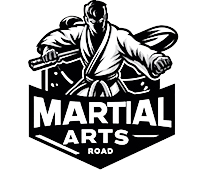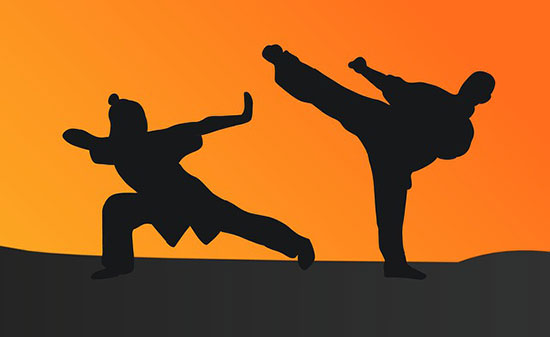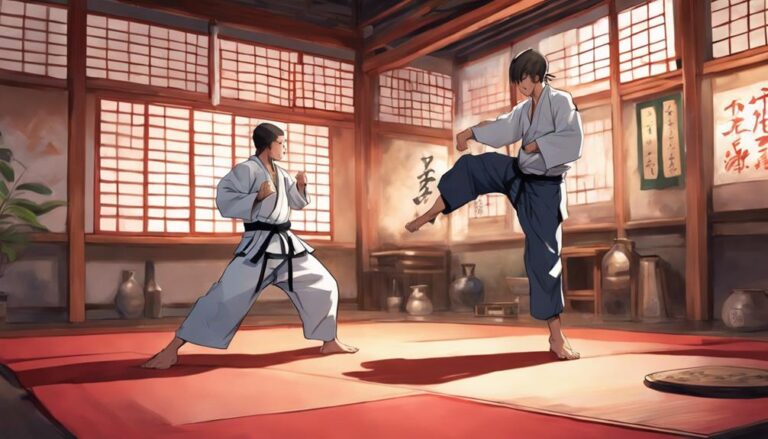Sure, you might not find yourself dodging flying daggers or leaping between rooftops anytime soon, but embarking on the path to Kung Fu flexibility is a journey worth taking.
As a beginner, you’ve likely realized that flexibility is not just about impressing friends with your splits; it’s a critical component for avoiding injuries and enhancing overall performance.
The guide ahead breaks down essential exercises, from dynamic stretches that prep your body for action, to static routines that deepen your range of motion.
But, where do you start, and how can you integrate these practices into your daily routine? Stick around, and you’ll uncover practical tips and exercises that not only improve your flexibility but also bring you closer to mastering the art of Kung Fu.
Contents
Understanding Flexibility Basics
To ensure your Kung Fu techniques shine, you’ll need to start by mastering the basics of flexibility, focusing on stretching exercises that enhance your range of motion and prevent injuries.
Begin with fundamental stretches such as leg raises, hip rotations and side bends. These exercises are crucial for developing the agility and strength needed for higher kicks, deeper stances, and better overall performance.
By dedicating time to these flexibility exercises regularly, you’ll notice significant improvements in your Kung Fu practice. Remember, consistency is key. Aim for progress, not perfection.
Over time, even four years down the line, you’ll find your flexibility vastly improved. That’s better for your Kung Fu journey, ensuring you move with precision and fluidity.
Keep stretching, and keep striving.
Dynamic Stretching Techniques
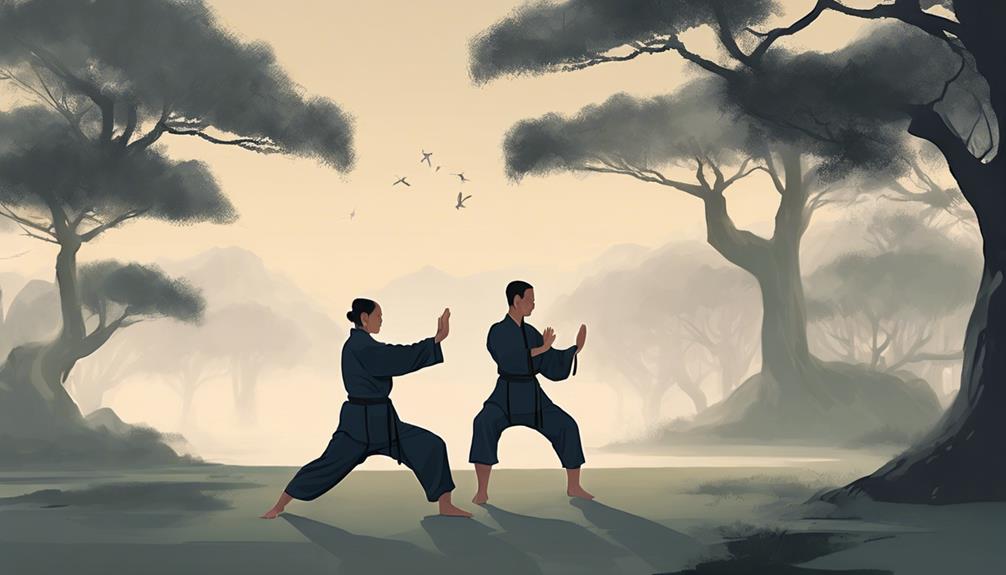
Regularly incorporating dynamic stretching techniques into your warm-up can significantly enhance your Kung Fu performance by preparing your muscles and joints for the vigorous activity ahead.
Dynamic stretching, which involves moving parts of your body and gradually increasing the range of motion, is crucial for warming up your muscles. It improves blood flow, muscle elasticity, and joint mobility, which are essential for executing dynamic Kung Fu movements effectively.
Start with exercises like leg swings, arm circles, torso twists, and walking lunges to get your body ready. Making dynamic stretching a staple in your warm-up routine not only prevents injuries but also boosts your overall flexibility, ensuring you’re in the best shape to tackle your Kung Fu practice.
Static Stretching Routines

After warming up your muscles with dynamic stretching, it’s time to focus on static stretching routines to further enhance your muscle flexibility and joint mobility for Kung Fu. These stretches involve holding a position to gradually lengthen and relax your muscles. Here’s a table to guide you through some common static stretches:
| Stretch | Duration |
|---|---|
| Standing Side Bend | 30 seconds |
| Forward Bend | 30 seconds |
| Butterfly Stretch | 30 seconds |
Perform these stretches after a light warm-up to prevent injury and enhance overall flexibility. With consistent practice, you’ll find your range of motion increases, muscle tension reduces, and your posture improves. Remember, progress takes time, so be patient and consistent with your stretching routine.
Strength Training for Flexibility
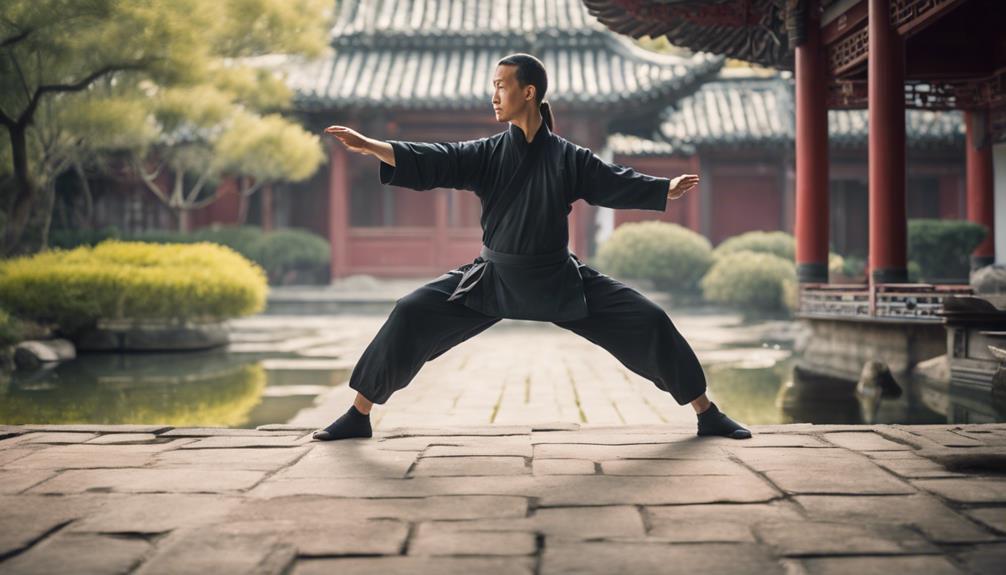
Integrating strength training into your Kung Fu regimen not only builds muscle but also significantly enhances your flexibility and joint mobility. Start by incorporating bodyweight exercises like squats, lunges, and push-ups.
These foundational movements build strength and endurance, crucial for fluid Kung Fu techniques. To further improve flexibility, add resistance bands and weights to your routine. These tools intensify your workouts, promoting muscle flexibility and joint mobility.
Don’t overlook isometric exercises. Holding static poses strengthens and stretches your muscles, directly benefiting Kung Fu stances and movements. Complement your training with Pilates and yoga, focusing on core strength, balance, and flexibility.
This holistic approach ensures your body is well-conditioned, preventing injuries and enabling more powerful, fluid movements. Stay consistent with your strength training for optimal results.
Monitoring Progress and Adaptation

To maximize the benefits of your Kung Fu training, it’s crucial to monitor your flexibility progress and make necessary adaptations. Keeping a training journal is a smart way to track your improvements.
Regularly measure key indicators like range of motion, balance, and muscle tension. Based on these insights, adjust your stretching routine. Always listen to your body and consult with a trainer to tailor your plan effectively.
| Indicator | How to Monitor |
|---|---|
| Range of Motion | Use flexibility tests and assessments |
| Balance | Perform balance-specific exercises |
| Muscle Tension | Note feelings of tightness or ease |
Conclusion
You’ve made a fantastic start on your journey to Kung Fu flexibility. Remember, combining dynamic and static stretches with strength training is key.
Always warm up before diving into your routine to prevent injuries and boost performance. Keep an eye on your progress, adapting as needed. Staying consistent is crucial, but so is listening to your body.
Push yourself, but never to the point of pain. With dedication and practice, you’ll see remarkable improvements in your flexibility. Keep going!
